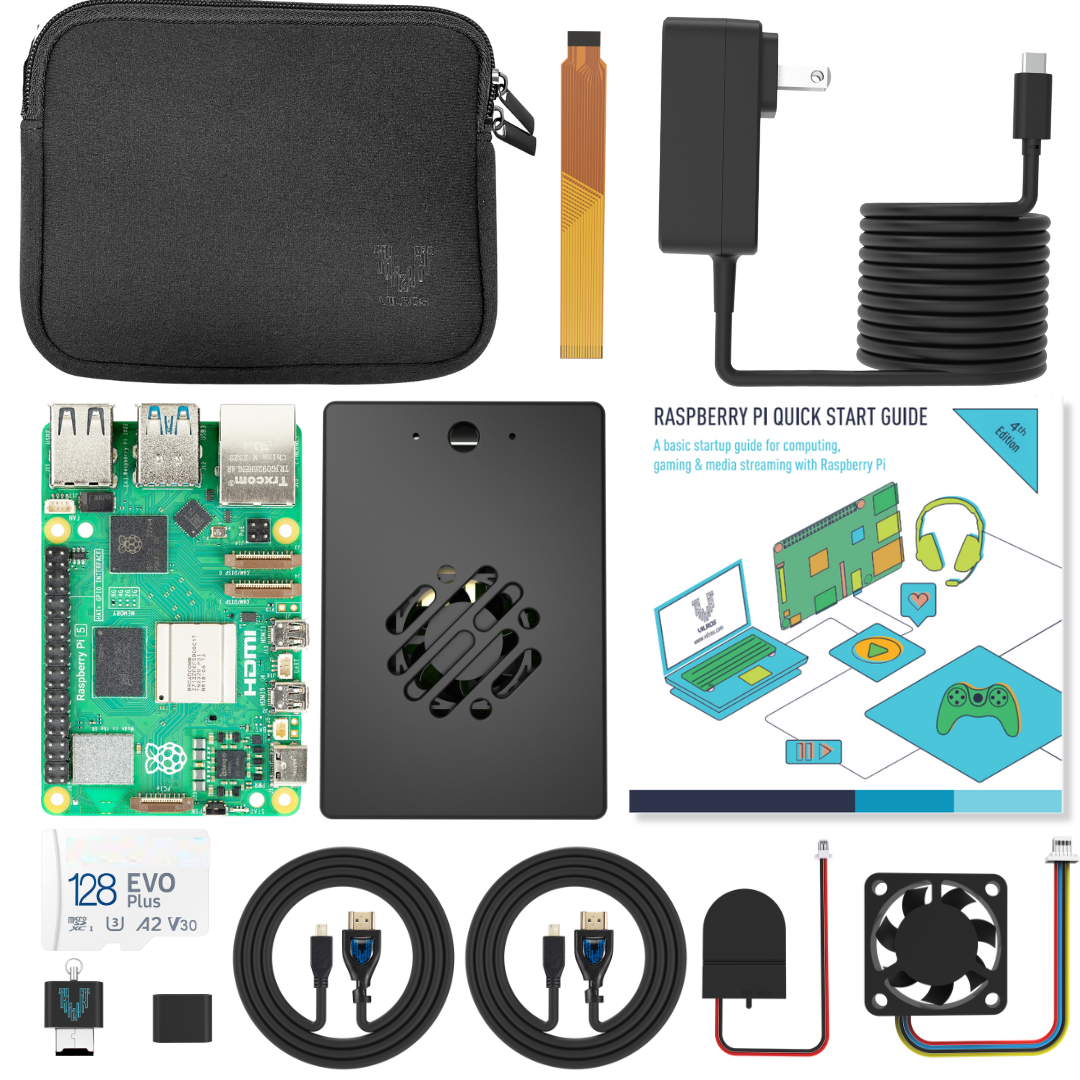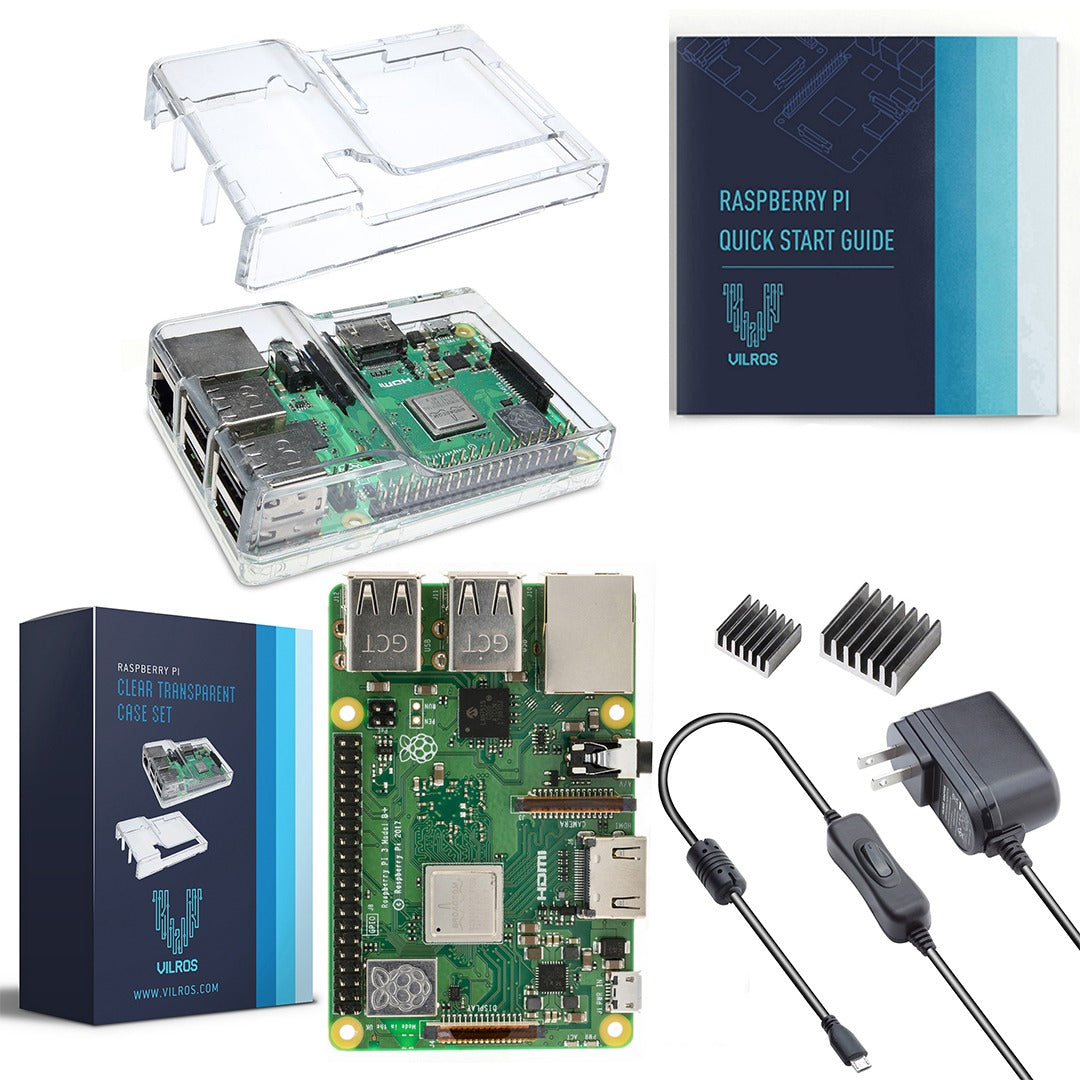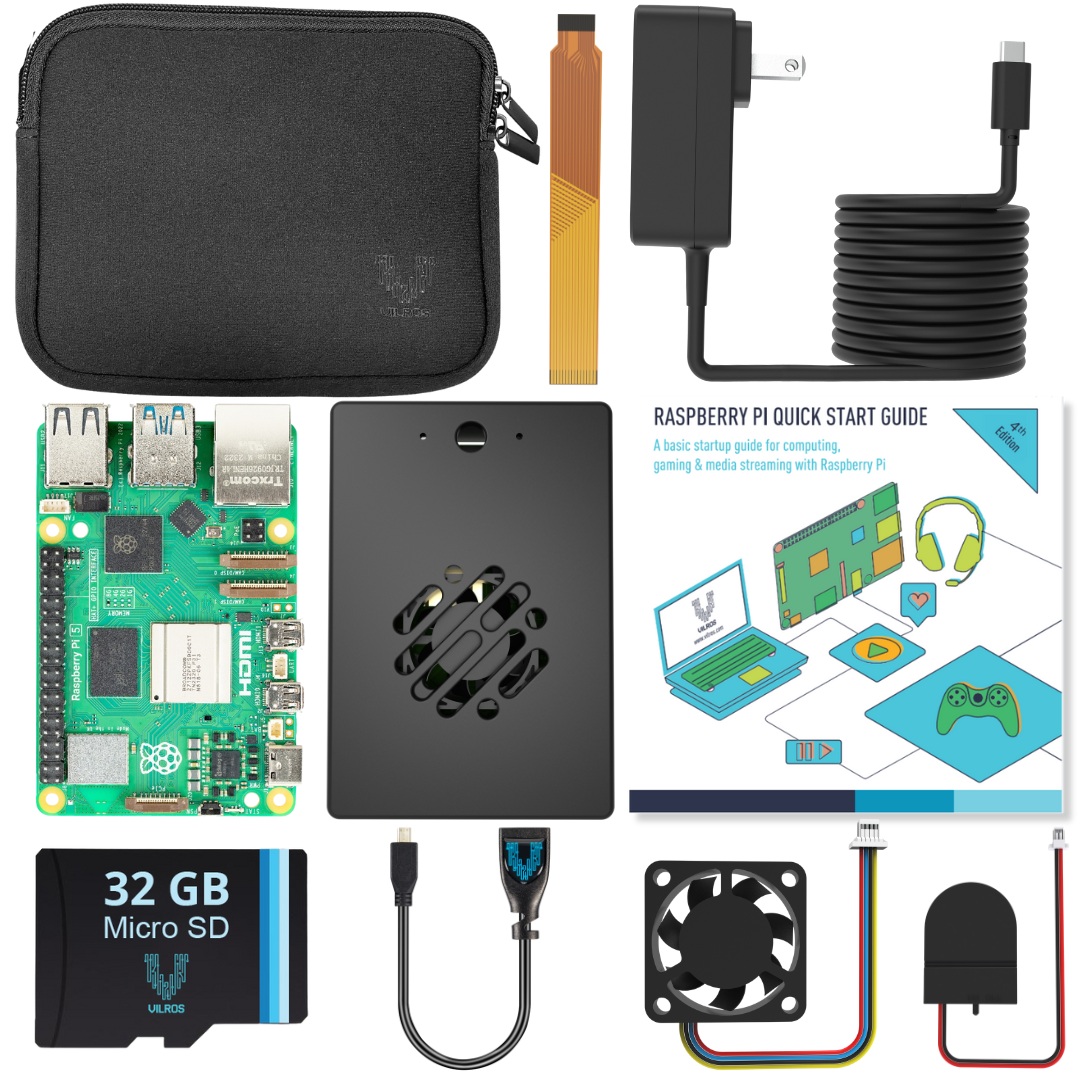November Project Highlight - Three Raspberry Pi Projects to Inspire You
November Project Highlight - Three Raspberry Pi Projects to Inspire You
At Vilros, one of the most rewarding parts of our work is hearing about the incredible things our customers create. In this post, we’re highlighting three standout Raspberry Pi projects from the Vilros community. Whether you’re just getting started or looking for your next challenge, we hope these builds spark your imagination and inspire you to Make Something Amazing.
Project #1 – Forest Livestream
Eriegrove is a Private Forest Preserve located in Forestville, New York. They have a livestream channel on YouTube that’s driven by Raspberry Pi. Their channel can be found at https://www.youtube.com/@Eriegrove.
Q: What inspired you to use a Raspberry Pi for this project?
We’re using a Raspberry Pi 5 because of it has great capabilities for the price. We were using a PC running OBS to broadcast my livestream, but it required a very powerful GPU. The livestream is 24/7, so it was a lot of power to keep it going. We learned how to use ffmpeg, the software that OBS uses for recoding. The Raspberry Pi 5 can run this script continuously while using little power. Another factor is that the Pi will turn back on after it loses power, which allows the stream to return after a power outage.
Project #2 – Plane Tracker
![]()
Bruce Butkus is using Raspberry Pi technology to manage his own plane tracking system. His website is Imagingphototech.com.
Q: What inspired you to use a Raspberry Pi for this project?
I had been planning on learning a bit more about the Raspberry PI and what it could do as a mini computer for a while. I also had a weather station that I was trying to set up that worked on radio signals, so I kind of found both of these to be interesting as a tinkerer, and used it to leverage myself some time to work on learning Linux a bit better.
I knew Raspberry OS was pretty simple but also had a base on Linux that would help me understand a lot of the inner workings. I ended up learning so much more than I could have expected. From setting up the plane tracker, to learning how to install and run programs in the CLI, and even running remote ssytems through TailScale and SSH to my remote installs, and doing some light programming with AI, to allow my Pi to auto reboot if it loses its internet to try to 'self correct', It’s become a fun little hobby for me.
Q: What goals are you hoping to accomplish with this project?
I think my goal is accomplished at this point – I’m just trying to deploy as many of these devices out there to try to get higher in the rankings of the FlightAware feeders, and with 7 deployments, I’m within the top 25 in the world already. Maybe with a few more, I can break into the top 10!
I’m also 'streaming' my weather station using a 915Mhz antenna and SDR as well. My station is out in my yard, and i can pick it up and publish real time data to my site: Imagingphototech.com Both run on the same Pi 4, off a USB based NVME drive.
Project #3 – Home Automation
Ganesh Magal is a Raspberry Pi enthusiast who has been automating things around his home for years. Some of his projects include:
- Car Presence Detection: https://gmrock.github.io/2023/09/30/Car-Presence-Detection.html
- Raspberry Pi as Router: https://gmrock.github.io/2023/03/05/Raspberry-Pi-as-OpenWrt-router.html
Q: What inspired you to use the Raspberry Pi for this use case?
I've been a Raspberry Pi enthusiast since its very first release in 2012—so much so that I signed up for the waitlist to get one. What really drew me in was the "aha!" moment of realizing I could get a full-fledged computer, capable of running an entire Linux OS, all in a compact, credit-card-sized form factor.
What makes the Raspberry Pi especially powerful is that it's not just a tiny computer—it also comes with GPIO pins, allowing for seamless integration of hardware. This blend of software and hardware capabilities opened up a world of possibilities for me. Unlike traditional microcontrollers, the Pi allowed me to develop in any language I preferred, not just low-level ones like C.
One of the main projects that inspired me to use the Raspberry Pi was building a custom home automation system from scratch—something completely self-managed and not reliant on cloud services. I wired up end devices like reed switches on doors and the garage, along with motion sensors and car parking sensors all directly connected to the Raspberry Pi. I then wrote code to monitor these sensors and send real-time notifications via Telegram.
Beyond that, I even integrated the garage door opener and sirens into the system, giving me full control over key aspects of my home—all powered by the Raspberry Pi.
Q: What are your goals with this use case?
My primary goal with this use case was to build a fully self-managed home automation system that I could control end-to-end—without relying on third-party cloud services or proprietary platforms. I wanted the flexibility and transparency that comes from owning and maintaining the entire setup myself.
By using the Raspberry Pi, I aimed to create a system that is both powerful and customizable. It allowed me to interface with various sensors—like reed switches on doors and the garage, as well as motion detectors—and write my own logic to monitor them and send real-time alerts via Telegram.
Another key goal was to learn and experiment with hardware-software integration. The Raspberry Pi’s combination of a full Linux OS and GPIO access enabled me to go beyond just automation—I’ve also integrated features like garage door control and sirens, giving me a comprehensive, secure, and tailored solution for my home.
Ultimately, the goal was to have a reliable, private, and scalable system that I could continue to expand and improve over time, while deepening my understanding of embedded systems and IoT.





